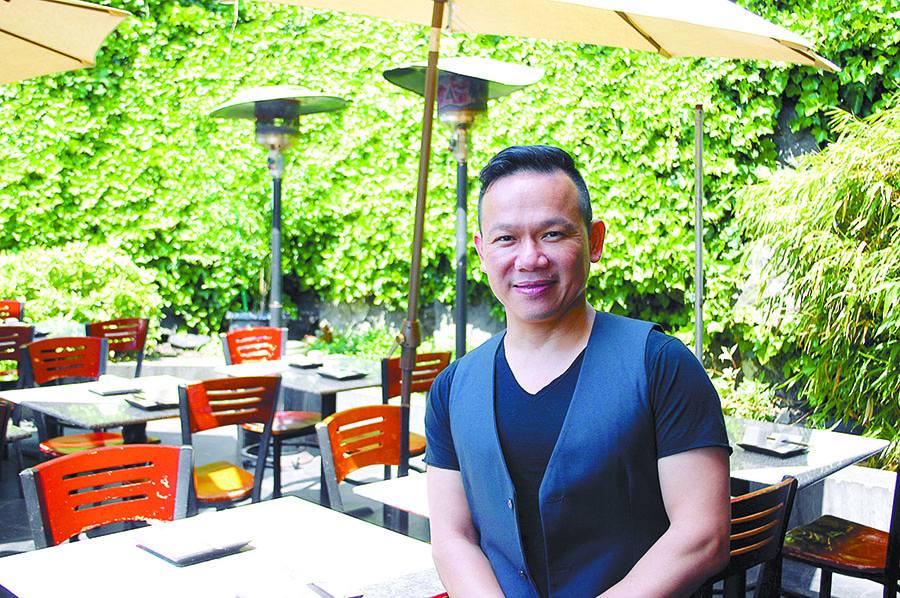Bertha’s lousy tunnel vision notwithstanding, the Alaskan Way Viaduct, our deteriorating double-decker dud, will one day soon come rattling down, setting the stage for the long-awaited transformation of Seattle’s central waterfront. Now, the question looms: Will it be as chintzy and phony as the gooey slime from Mars at Ye Olde Curiosity Shop on Pier 54, or will it be something authentic and grand, as inspiring as that afternoon in May 1908 when 16 U.S. Navy battleships from Teddy Roosevelt’s Great White Fleet laid anchor in Elliott Bay?
What’s happening? Plans for the new waterfront call for a 26-block promenade from the Stadium District to the Olympic Sculpture Park. There will be nine acres of new public plazas, which may include cantilevered walkways made partially from glass, terraced gardens, a wave pool, and a seasonal swimming-pool barge—complete with hot tubs and changing rooms—tied up at Piers 62 and 63, bordered to the east by huge “sea stack” boulders and mist-spraying water jets.
There may be an ice rink, too, and a small beach jetting out west from Pioneer Square, with water slapping at the nearby sidewalk at high tide. Large glass elevators are also envisioned to gently lower visitors from First Avenue to Western. And who knows?—if the Griffith family gets its way, gondolas may haul people through the air from Eighth and Union to the waterfront (read “Gondola Dreamin’,” here).
How much will this cost?
It’s going to be pricey: at least $420 million, and, combined with other current and proposed projects—including state funding for a rebuilt Alaskan Way and a November bond measure to rebuild the seawall—the total value of waterfront improvements will likely exceed $1 billion. Paying for it will require voter approval of a new parks district, and other sources, such as private investors, are going to have to cough up tens of millions.
What will be lost? Like the song goes, “Something’s gained and something’s lost in living life each day.” So yes, some things will go away when the waterfront is prettified. The grime and grittiness will vanish, and don’t be surprised to see fewer sidewalk vendors hawking hot dogs and T-shirts. It’s uncertain which shops won’t be able to keep their heads above water, but, safe to say, climbing rents and the forces of “progress” will claim some of the more marginal establishments. As for those lovable nuts who have long prowled the rickety wooden walkways on the shores of Elliott Bay, don’t be surprised to see them slowly disappear. Call it a character deficit.
econklin@seattleweekly.com








